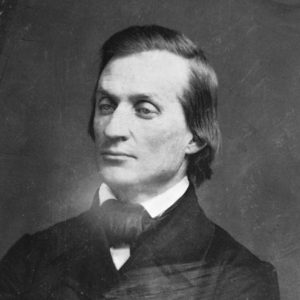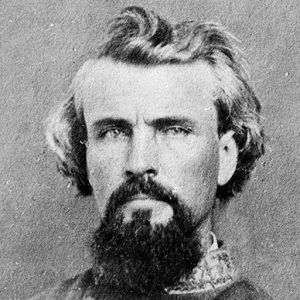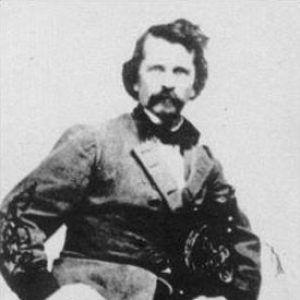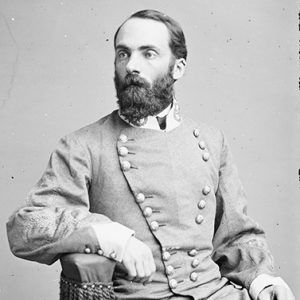calsfoundation@cals.org
Third Arkansas Cavalry (CS)
The Third Arkansas Cavalry Regiment was a Confederate unit that served in the Western Theater during the American Civil War. Serving under commanders Major General Joseph Wheeler and Lieutenant General Nathan Bedford Forrest, it fought with the Army of Tennessee in all its major engagements until surrender at Greensboro, North Carolina, on April 26, 1865.
The regiment was organized on June 10, 1861, as the First (Borland’s) Battalion Arkansas Cavalry and mustered into Confederate service on July 27 as the First Regiment Arkansas Volunteers. Led by Colonel Solon Borland, it consisted of companies from Conway, Crittenden, Dallas, Hot Springs, Ouachita, Perry, Pope, Pulaski, Saline, White, and Yell counties. On January 15, 1862, it was re-designated as the Third Arkansas Cavalry with the addition of two companies. After initial operations in northeastern Arkansas and southeastern Missouri, the regiment was transferred east of the Mississippi River and underwent reorganization. Samuel G. Earle was promoted to colonel and took command of the regiment. It was assigned to the command of Major General Earl Van Dorn. Here, the regiment was dismounted, much to the men’s dissatisfaction, in order to serve as infantry.
The Third Arkansas Cavalry saw its first combat at the October 3–4, 1862, battles of Corinth and Hatchie Bridge, Mississippi, on October 5. Suffering heavy casualties in the Confederate defeat, the regiment was remounted, serving the remainder of the war as cavalry. In December, it participated in the successful raid on Holly Springs, Mississippi.
On March 5, 1863, the regiment fought at the Battle of Thompson’s Station, Tennessee. Here, Colonel Earle and the regimental color bearer were killed, creating confusion in the advancing Arkansas troops. Miss Alice Thompson, seeing the flag fall, rushed out and picked up the flag and led the men in a continued successful charge. She was heralded for her bravery by people on both sides. After Colonel Earle’s death, Lieutenant Colonel Anson Hobson was promoted to take his place as commander.
For the remainder of the summer, the regiment participated in the Tullahoma Campaign in central Tennessee as part of General Forrest’s cavalry. In September, it was transferred to Wheeler’s Cavalry, fighting in the September 19–20, 1863, Battle of Chickamauga, Georgia, and resulting siege of Chattanooga, Tennessee. The Third Arkansas spent the winter of 1863 in the Confederate siege of Knoxville, Tennessee, before moving into northwestern Georgia.
In the spring of 1864, Federal forces under General William T. Sherman advanced to take the vital railway hub of Atlanta, Georgia. From May through June, the Third Arkansas Cavalry experienced constant scouting and skirmishing in northwestern Georgia. They served as advance scouts and usually were the first to clash with the enemy. During the withdrawal of Confederate forces, the cavalry would man the earthworks, holding back Federal forces, so the slower infantry could withdraw. In a game of fight and fall back, the regiment fought through the rest of the summer near Atlanta, on the flanks of the army. On July 28, 1864, the Third Arkansas, as part of Wheeler’s Cavalry Corps, engaged the enemy at the Battle of Flat Shoals, Georgia, and on July 30 the Battle of Brown’s Mill, Georgia. Here, Wheeler’s cavalry thwarted a Union attempt to cut communications and supply lines in south-central Georgia. After the fall of Atlanta on September 1, 1864, Wheeler’s men did not join Hood’s Army of Tennessee on his disastrous Tennessee campaign but followed Sherman’s force as it conducted its “march to the sea.”
November and December witnessed numerous engagements for the Third Arkansas as Wheeler’s cavalry attempted to interfere with Sherman’s march across Georgia. On November 22, they engaged the enemy at Griswoldville, Georgia, followed by the November 24–26 clash at Ball’s Ferry and Sylvan Grove, where Wheeler’s men defeated a Union attempt to burn the railroad bridge over the Brier Creek. Two days later, they again engaged the enemy at Buck Head Creek, almost capturing Brigadier General Judson Kilpatrick. On December 4, they clashed again at the Battle of Waynesboro, where Union forces routed Wheeler’s troops.
The Third Arkansas Cavalry participated in the Carolinas Campaign in the spring of 1865 and saw its last major action at the Battle of Monroe’s Crossroads on March 10, 1865. After the Battle of Bentonville in North Carolina later that month, and Robert E. Lee’s surrender on April 9, the survivors were surrendered with the Army of Tennessee on April 26, 1865, and paroled at Chesterfield, South Carolina, on May 5, 1865.
For additional information:
Collier, Calvin L. The War Child’s Children: The Story of the Third Regiment, Arkansas Cavalry, Confederate States Army. Little Rock: Pioneer Press, 1965.
Anthony Rushing
Benton, Arkansas
 Civil War through Reconstruction, 1861 through 1874
Civil War through Reconstruction, 1861 through 1874 Military
Military Solon Borland
Solon Borland  Colonel Samuel Girard Earle Jr.
Colonel Samuel Girard Earle Jr.  Nathan B. Forrest
Nathan B. Forrest  Earl Van Dorn
Earl Van Dorn  Joseph Wheeler
Joseph Wheeler 



Comments
No comments on this entry yet.